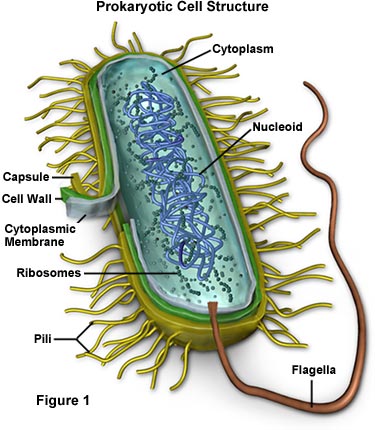

- Diffusion-the process by which molecules spread out, or move from areas where there are many of them to areas where are fewer of them.
- Diffusion occurs because gases, liquids, and solids are in constant motion in all directions, which naturally spreads them out until they are evenly distributed
- Diffusion helps cells maintain homeostasis, such as the oxygen needed for breathing enters cells by diffsuion
- The concentration of a substance is how many particles of the substance there are in a volume
- Example-If you dissolve 9 grams of sugar in a liter of water, the concentration is 9 grams/liter
- Diffusion occurs more rapidly when the difference in concentration between the two areas is higher and slower when the difference in concentration is lower
- Small molecules (such as oxygen) can pass through the gaps in a cell membrane by diffusion
- Example, in photosynthesis oxyen not used for cellular respiration passes out of the cell by diffusion
- Diffusion is an example of Passive Transport which is when materials move without using cell energy
- Cells benefit from passive transport because it allows cells to move materials with out having to expend any energy
- A cell can only diffuse across a cell membrane if the substance can dissolve in the lipids that make it up
- Osmosis is when water moves through cell membrane through diffusion
- If the concentration of water is higher outside than inside then water will move into the cell, and vice versa
- Example-when you don't water a plant it wilts because water leaves the leaves by osmosis but when you water the soil because there is more water concentrated in the soil than the leaves water goes into the leaves
After we took notes on the reading, we had to answer questions about it. These were my answers"
1. Diffusion and omnosis are similar because they both deal with cells spreading out and moving to another area, just that with osmosis there is water moving through a cell membrane.
4. The water will enter the stems of the boquet of carnations through osmosis.
6. Water diffuses into the protozoa.
After the questions were done, we studied for our test until the end of the period.
This is important because we'll need to know it for the test on this unit. Diffusion and osmosis are two important processes that we will need to know in the future, and it's a very good idea to learn them now.
Click on me for a link to a page about diffusion.
LG










